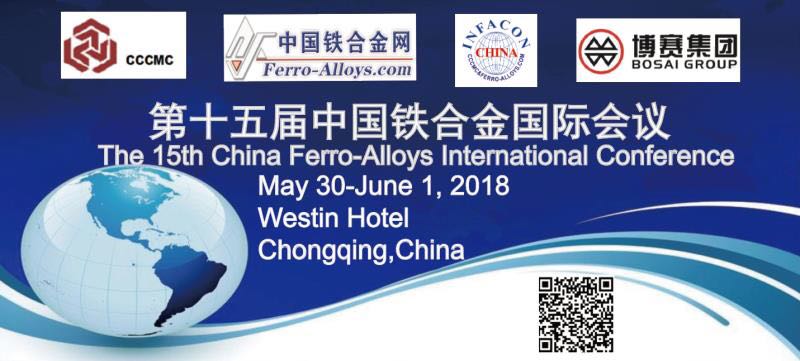[ferro-alloys.com]A key mining lobby group has called on State and Federal governments to take lead roles in securing WA’s stake in the looming global electric vehicle revolution.
The Association of Mining and Exploration Companies says WA has a two-year window to grasp a unique opportunity in the downstream processing of battery minerals, which it believes could be worth $2 trillion by 2025.
Lithium and other commodities such as cobalt, nickel and graphite are key ingredients in the lithium-ion batteries that power electric vehicles.
Although WA has vast reserves of battery minerals, AMEC believes the State is well-positioned to go beyond mining and into downstream processing to capture the higher prices on offer for battery-grade products such as lithium hydroxide.
The association will today release a report documenting a raft of recommendations for government to adopt to seize the opportunity.
It is calling on government to designate sites such as Kwinana as battery precincts, consider employing State Agreements for significant projects and assess the need for financial incentives to attract international companies to invest locally.
International battery manufacturers should be invited to visit WA and governments should send trade delegations to China, South Korea and Japan to promote and attract investment in the WA sector.
A State Government minister and a department should be given direct responsibility for driving the initiative. More research was also needed to harness the opportunity.
AMEC chief executive Warren Pearce said the report stepped through what needed to be done for Australia to get further down the value chain.
“There must be a willingness to clearly plan and co-ordinate where a battery industry would be located and deliberate efforts made to entice international companies to come and set up in Australia,” he said.
The report says Australia is set to capture $10 billion from the downstream processing of battery minerals over the next eight years but government and industry collaboration could deliver a share of a further $297 billion in value.
Although 89 per cent of the world’s global electro-chemical processing was done in China, the report said Australia was uniquely positioned to compete on cost and quality.
WA’s hard rock lithium resource converts more easily to lithium hydroxide than the lithium brines found in South America while automation in processing means the industry is not heavily reliant on low labour costs and Australia also has an advantageous tariff regime compared with China, the report found.
However. the report noted that the electro-chemical technology behind downstream processing was subject to patents and closely guarded so companies with the knowledge needed to be attracted.
The report is being released on the eve of the two-day Latin America Downunder conference in Perth and as Mr Pearce prepares to present to the WA Parliament’s Economic and Industry Standing Committee’s Inquiry into Microgrids.
It follows news this week that Talison Lithium is rushing to expand its Greenbushes mine in the South West, in part to help provide supply for downstream processing plants being developed by joint venture partners China’s Tianqi Lithium and US company Albemarle in Kwinana and Kemerton respectively.
A site in Kwinana was this month identified as the preferred location for a new lithium processing plant that is likely to be run as a joint venture between Chilean chemicals giant SQM and Kidman Resources.
Meanwhile, Mineral Resources has plans for its own lithium processing plant at its Wodgina project in the Pilbara.

- [Editor:王可]



 Save
Save Print
Print Daily News
Daily News Research
Research Magazine
Magazine Company Database
Company Database Customized Database
Customized Database Conferences
Conferences Advertisement
Advertisement Trade
Trade

















Tell Us What You Think